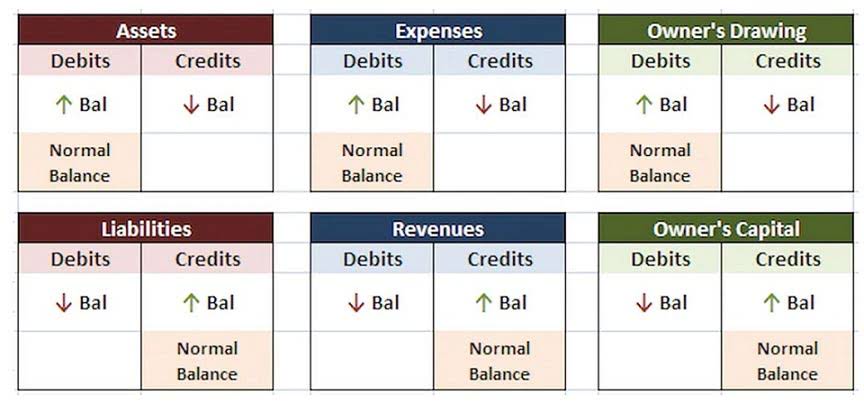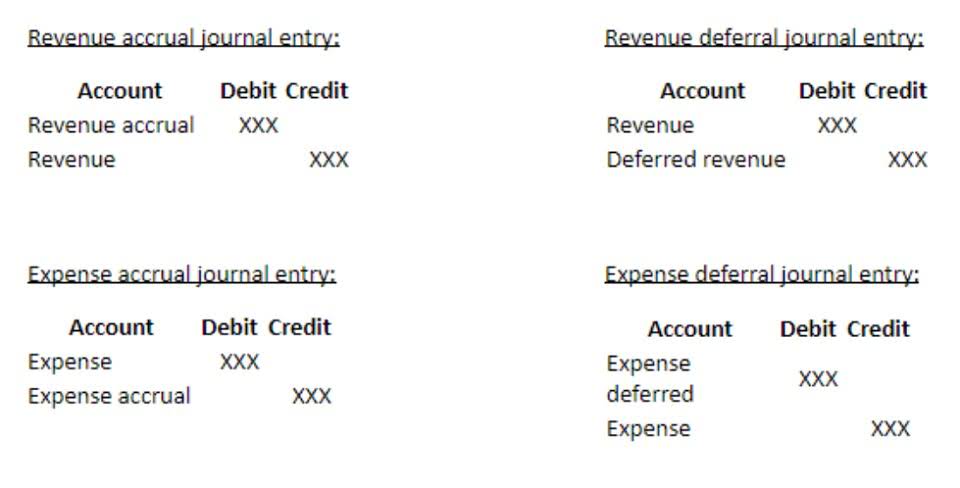
Cash payment of dividends leads to cash outflow and is recorded in the books and accounts as net reductions. As the company loses ownership of its liquid assets in the form of cash dividends, it reduces the company’s asset value on the balance sheet, thereby impacting RE. Retained earnings accumulate all profits and losses from when a company starts operating. However, it also deducts dividends from those amounts before reporting them on the balance sheet. Essentially, these include the distribution of income for a period to shareholders.
- The money is a financial activity and has earned the capital portion of a stockholder’s equity.
- The main difference between retained earnings and profits is that retained earnings subtract dividend payments from a company’s profit, whereas profits do not.
- The only definition that retained earnings meet is that of equity.
- The company cannot utilize the retained earnings until it is approved by its shareholders.
- The company decided to retain the earnings for that year and utilize them for further growth.
However, it can be challenged by the shareholders through a majority vote because they are the real owners of the company. Retained earnings are also called earnings surplus and represent reserve money, which is available to company management for reinvesting retained earnings normal balance back into the business. When expressed as a percentage of total earnings, it is also called the retention ratio and is equal to (1 – the dividend payout ratio). Shareholders all get cash dividends if you issue cash dividends, for example.
As per the Modern Rules of Accounting
The money not paid to shareholders counts as retained earnings. The account comes under Stockholder’s Equity on the balance sheet. Stockholder’s equity represents a combination of every asset owned by a company. The figure represents the total authorized, additional, and reserve capital, along with the debit retained earnings.
Retained Earnings are credited with the Net Profit earned during the current period. Nonetheless, the accounting is similar to other deductions from the retained earnings balance. Once the transactions occur, companies will transfer the closing retained earnings balance to the upcoming year. This balance will become the opening retained earnings balance. The rest of the formula for retained earnings stays similar in this version.
What is the normal balance of dividends?
Retained earnings come under the stockholder’s equity when listed on a balance sheet. The money is a financial activity and has earned the capital portion of a stockholder’s equity. Retained income is one of several things that connects an income statement and balance sheet. The total retained earnings amount is connected to the overall net income, including things such as investing, liabilities, and paid dividends.

How much net income a business has is down to the amount of generated gross profit and the fiscal burden of expenditures, including taxes, dividends, and other such costs. The more a company makes and the less they have to pay, the more net income they have to play with. Instead, they reallocate a portion of the RE to common stock and additional paid-in capital accounts. This allocation does not impact the overall size of the company’s balance sheet, but it does decrease the value of stocks per share. Retained Earnings are reported on the balance sheet under the shareholder’s equity section at the end of each accounting period. To calculate RE, the beginning RE balance is added to the net income or reduced by a net loss and then dividend payouts are subtracted.
Understanding debits and credits
If a company undergoes liquidation, it will repay the retained earnings balance to shareholders. However, other factors impact how much of this balance shareholders https://www.bookstime.com/ will receive. In this case, some people may confuse retained earnings for liabilities. However, this balance does not meet the definition for any of those items.
Balance Sheet vs. Income Statement: What’s the Difference? – The Motley Fool
Balance Sheet vs. Income Statement: What’s the Difference?.
Posted: Wed, 18 May 2022 16:57:12 GMT [source]
At the end of the period, you can calculate your final Retained Earnings balance for the balance sheet by taking the beginning period, adding any net income or net loss, and subtracting any dividends. Although each account has a normal balance in practice it is possible for any account to have either a debit or a credit balance depending on the bookkeeping entries made. For this reason the account balance for items on the left hand side of the equation is normally a debit and the account balance for items on the right side of the equation is normally a credit. Shareholders of Apple Inc. approve the dividend declared by the board of directors amounting to 100,000.
A practical normal balance example
Since dividend payments are a reduction of retained earnings for an entity it has a debit balance as its reduction of share holder’s equity. As per the modern rules, we debit the decrease in the capital. Samsung Inc. earned a net profit of 500,000 during the accounting period Jan-Dec 20×1.
- Profits give a lot of room to the business owner(s) or the company management to use the surplus money earned.
- The word “retained” is defined as “to keep” and the word “earnings” means income.
- Thus, the retained earnings are credited to Retained Earnings Account.
- Due to its definition, some people may confuse retained earnings for current liabilities or assets.
- The RE balance may not always be a positive number, as it may reflect that the current period’s net loss is greater than that of the RE beginning balance.
The balance sheet outlines all of the assets, equity, and liability of an organization. At the heart of it, the balance sheet is a document that shows the financial condition of a company over time. Here’s an example of a standard T-account for a business showing debits on the left side (the debit side) and credits on the right side (the credit side).
